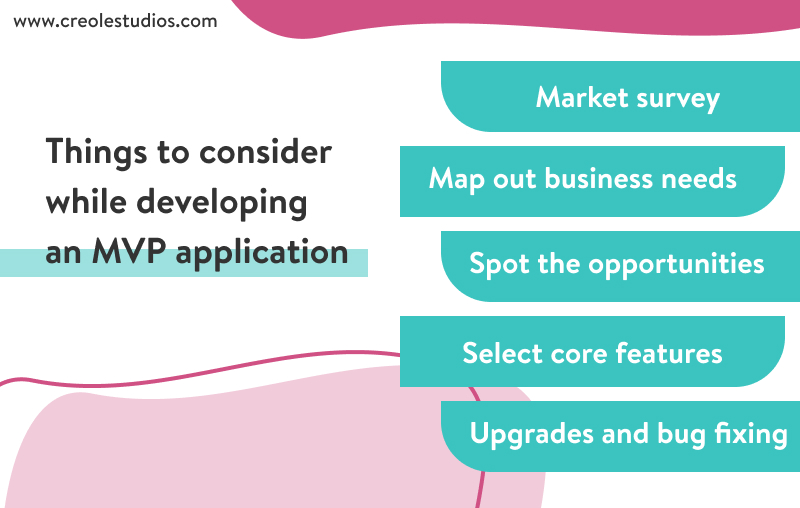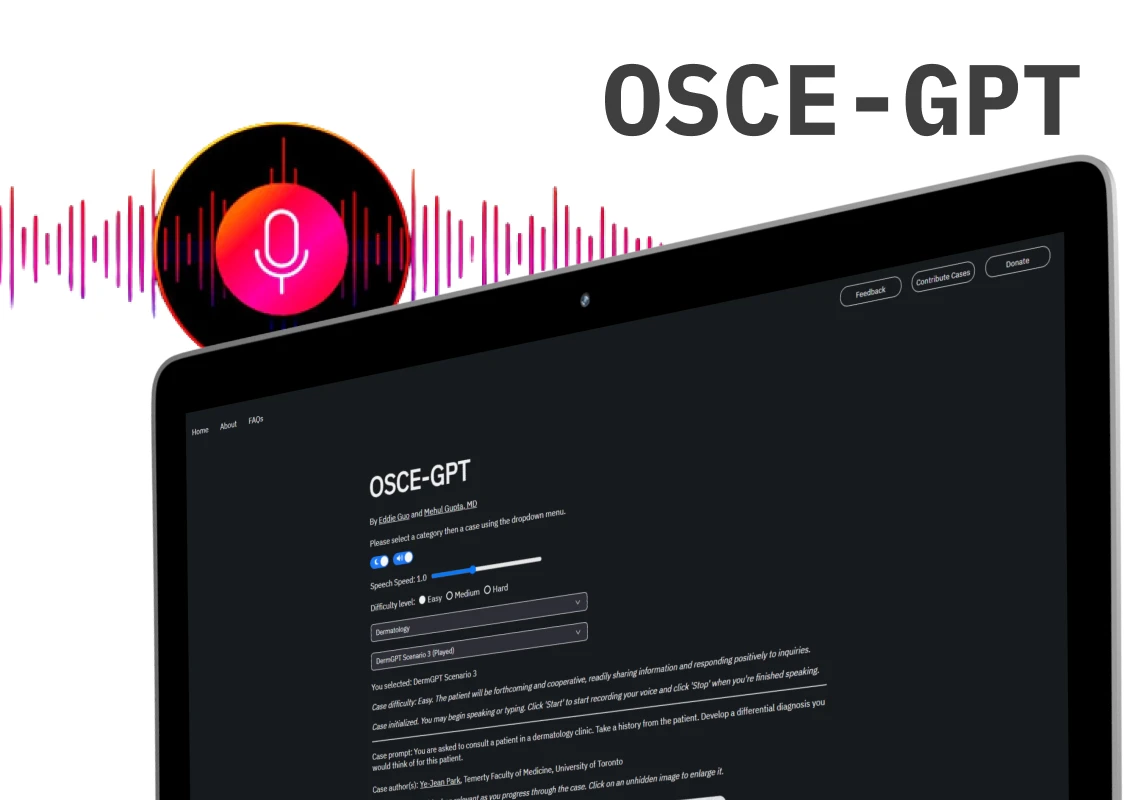Quick Summary: Any new application can fail due to misinterpreted customer demands or coding issues. As SaaS presents one of the best market opportunities to launch an application, businesses launch an MVP (Minimum Viable Product) with vital features before releasing the application on a large scale. This enables them to record the feedback, comprehend the market thoroughly, and gain insights to improve the overall application.
Due to increasing digitalization, SaaS application development has rapidly emerged as a promising market. Fortune Business Heights predicts that by 2028, the SaaS market will be worth USD 716.52 billion! Making your product stand out in such a competitive industry may prove challenging. Making your product stand out in such a competitive industry may prove challenging, and launching a minimum viable product first can come to the rescue.
With SaaS MVP development, vendors focus on releasing a tester product-in this case, an application with core functionality- so that researchers and analysts may examine how well the features in the application perform.
This blog examines the specific benefits MVPs could provide SaaS products and the considerations you should make when developing a minimum viable product.

Why Build an MVP?
Even though every company performs thorough market research before developing a product, the product may still fail in the market. Thus, before investing a large capital in it, business owners can use the SaaS MVP to verify and validate their application or software with a sizable customer base.
It helps to provide insight into the mind of end users to comprehend the preferences and grievances of the target audience to interrelate and innovate the final product.
Often, MVP can also demonstrate business potential. If the consumers love the MVP version of the software, it will secure support from stakeholders and investors.
The Three Key Advantages Of An MVP Can Be Summarized As Follows:
- Gets feedback to improve the application and make it distinctive in this lucrative market
- To gain confidence from investors and stakeholders
- Encourage the target market to subscribe by endorsing and exhibiting the product.
The Step-By-Step Guide To Planning A Minimum Viable Product

Wondering how to create an MVP application? We got you covered!
To understand the target audience’s needs and to design a product that fits the market, we have listed a detailed guide to assist your journey in MVP software development.
1) Identify and Understand Your Business and Market Needs
The importance of market research in MVP can not be understated. Launching an app similar to the already available one will not be a profitable venture; hence, it is crucial to evaluate the market and gather intel.
Furthermore, it is also important to study the competitors and keep updated with the current trends and technology to always be ahead in the game.
2) Long-Term Goals
Once you have tapped into the market’s needs, you need to ask yourself these questions that determine your long-term goals. Up to 95% of start-up businesses fail due to their lack of planning. You can avoid being by answering a few questions before venturing into product development.
- What am I trying to achieve with this app?
- What is the future of this application five to ten years from now
- What makes my software/application unique
3) Success Criteria
The next step in the journey is to understand the success criteria of the application. How do you plan to determine that the application is a success? These criteria must align with your company goals.
Are you looking for loyal customers and subscribers? Or Do you think the overall revenue generated is a measure of success? Or is completing the app on schedule and within budget your definition of success?
4) Map Out the User’s Journey
The success of the application is directly proportional to user satisfaction. If the app is not user-friendly, chances are that it will not be used, with the risk of you losing potential customers and investors.
Hence, it is critical to consider focusing on user journeys and experiences to include functions that appeal to them. A start-to-end user journey should be carefully crafted to ensure a smooth flow.
5) Identify the User
Before designing the workflow, understand who will be the target audience. Can you fit them into one category? One can group people according to occupation, gender, age, etc.
For example, consider a tool that allows you to find the closest doctors and schedule appointments with them. Every gender and profession will use such an app. Hence, your target audience is more than one category.
6) Identify the Actions
While developing a SaaS MVP, It is anticipated that the actions or jobs that the user may choose. If the application caters to multiple categories, different categories will expect the application to perform distinct actions.
Continuing the previous example, if the number of searches and bookings for doctors in Area A is more and Area B is less, you can work on adding more doctors for Area A to meet the demand.
7) Identify the Story Endings
Not every user will book an appointment; likewise, the ending may vary for every user. Some users might browse to look for doctors, while others might ask a query using the app.
8) Create a pain and gain Map
It is critical to construct a pain and gain map to grasp the issues experienced by the consumer and the solution offered by MVP. Customers’ challenges are represented by pain, and the feature that helps to solve them is represented by gain.
The map enables you to identify the core problem users are experiencing, for example, if they struggle to schedule an appointment with a specific doctor because they cannot locate the available times. In this example, customer satisfaction will increase if the application makes appointment scheduling simpler by giving users access to all available time slots.
9) Decide What Features To Build
Since an MVP is created by collating a few features, not everything the customer wants should be on your priority list. The developer should balance what the user requires with what the user wants to produce a feasible MVP for SaaS.

Benefits of SaaS MVP Development
SaaS MVP development gives businesses a safe and secure route to slowly launch their product in a market without incurring a major financial loss.
– Recognize the Feasibility of an Idea
Even if you think your application is perfect for the market, testing your idea on an open platform is necessary. It gives you an insight into whether your idea is sustainable and compatible enough to gain new customers.
Read here: How To Generate and Validate Your SaaS Idea: A Step-by-Step Guide
– Save Significant Resources
A complete SaaS software requires a team of professionals to build software with multiple features that appeal to the customer. Hence, it requires a generous budget, time, and resources.
However, there is always a risk of the end product not being appreciated in the market. Since MVP is a small-scale version of the software with only key functionality, it requires less time and money and can help you understand the future of the software.
– Collect Rapid Customer Feedback
MVPs can allow users to use and evaluate an application in real time. The developers can ask the customer to rate the application and give feedback. Collecting such data will result in early bug fixes and can help remove additional features that are not necessary for the final version of the product.
– Building an Efficient SaaS MVP Development Application
MVP can be considered as the prototype of the actual application. The real-time user feedback can assist in further improving the MVP. It might also help to research the rapidly expanding SaaS market to launch a solution that answers an unanswered pain point in the market.
– Define the Market Trends and Customer Requirements
You can push the software into the development zone if the customer is satisfied with the MVP. Since the product is already tested in the market, there is a massive possibility that with improved features and functionality, it will be a success.

SaaS MVP Development Cost
For any startup or an established firm, the developer must estimate the SaaS MVP development cost. Everyone thinks their product is the best and can change the market dynamics. However, you should paint a realistic picture and an affordable budget for the MVP model.
It might be challenging to calculate the cost of an MVP because there are so many variables involved in the prototype-building process. For example, the kind of team selected to develop the application, the business goals, the number of features they plan to establish, etc.
However, you must select a developer with experience in preliminary app development who can cater to your needs.

Conclusion
If you are new to the concept of SaaS MVP development, it may intimidate you with all the specifics and technicalities one must monitor before launching it in the market. So, make sure to create products and test your audience to launch successfully in the market.
Here at Creole Studios – A Leading SaaS MVP development company, we will assist you in converting your imaginative product into a reality. With our rich talent pool of SaaS application development services, we can help you design stunning MVPs to align with your business model at an affordable cost.
Get in touch with us to discuss your MVP features.














 30 mins free Consulting
30 mins free Consulting 
 5 min read
5 min read 


 Canada
Canada 
 USA
USA 






 Love we get from the world
Love we get from the world 